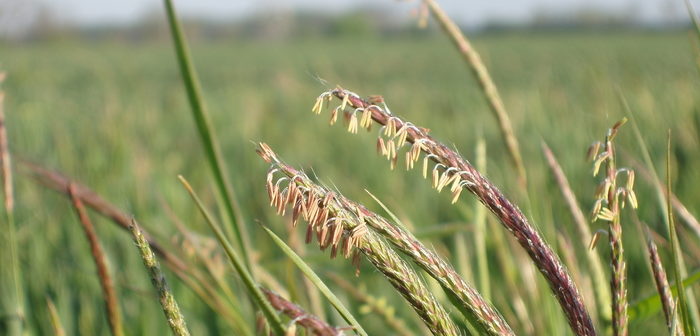Making the wrong SFI choices when thinking about the journey back to cropping could exacerbate increased blackgrass populations.
That is the warning from Hutchinsons foundation technical manager, Alice Cannon, who advises growers to think longer term.
Despite more lucrative options such as winter bird food, she feels it might be better to accept the slightly lower payment and increased investment associated with stacking multi-species cover crop options (e.g. SAM2/CSAM2, SOH2 and SOH3), that allow for blackgrass control.
“The first step would be to sow a winter cover in August. This would be sprayed off in March, followed by a spring-sown cover crop, which would remain in the ground from March until June.
“The next stage would be the summer-sown cover, lasting from June until August. The total support payment would be £455/ha per year, which is often better than spring bean gross margins.”
“This regime offers a break in rotation, plus three opportunities to bring black-grass under control and potential to provide a clean and fertile seedbed which would boost first wheat yields,” she says.
Alice points out that selecting the right mix is key to maximising cover crop benefits, with multi-species mixes providing more advantages than simple two-way blends, such as mustard and oats.
“Use at least six different plant species taken from three or four families. We have made some bespoke cover mixes that achieve the aims within Hutchinsons Maxi Cover range.”
The diversity of growth habit and root structure helps build a more resilient soil structure, and improves aeration and water management, she adds.
“The soil will have greater ability to store water lower down in the profile in times of prolonged drought. It will also ensure moisture is not lost closer to the surface through run-off in high rainfall situations.”
If growing legume fallows in black-grass situations, Alice advises growing a mix containing grasses and legumes to increase competition against blackgrass.
“They can be mown as required (no restrictions) within the first 12 months once blackgrass begins to head, however continuous mowing can lead to blackgrass growth habit switching to a short profile and becoming more difficult to tackle, she says.
“In year two, fallows can be mown between March and mid-June, leaving eight weeks uncut in the summer.”




